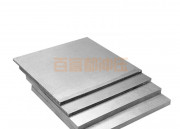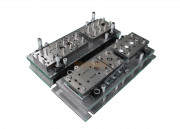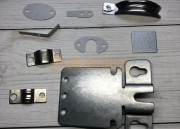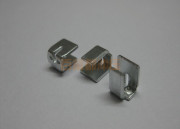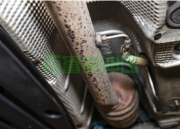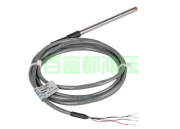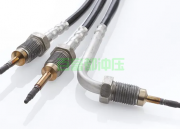Posted at 10/08/2022 By : deep drawing Categories : Blog,Industry Comment: Comments Off on Common problems of car wiper motor Common problems of car wiper motor
Q1. What is the RPM of the wiper motor?
A. The wiper motor speed is usually around 45 rpm (normal speed) and 65 rpm (on fast setting). It is also available in 6V, 12V and 24V configurations. A typical wiper motor uses 2 to 4 amps of current. Most wiper systems allow two speed settings for the wipers. In such a setup, the motor uses three brushes instead of two.
Q2. What is the function of the wiper motor pulse board module?
A. A module is a circuit board that contains the wiper system’s electronic control circuitry. It determines various actions, including speed setting, wiper parking, and closing and closing of the wiping mechanism. Simply put, it determines the operation of the wiper motor and linkage. Although the module is protected from the harsh conditions of the engine compartment, it can still be damaged. Fortunately, it’s a replaceable part.
Q3. Why do wiper motors need relays?
A. The relay uses less current to turn on more current for the motor. Some motors use relays, while others don’t. Typically, the wiper motor current rating determines whether a relay is required. Higher rated motors require one, while lower power types do not. If you have a rear windshield wiper, its motor probably uses a relay.
Q4. How long should the windshield wiper motor be used?
A. The wiper motor lasts as long as the life of the car. However, this doesn’t always happen. Depending on usage and operating conditions, components tend to fail earlier.
If you have to use your windshield wipers every day, chances are the motor will wear out after a few years. Electrical failures can also shorten lifespan if the wiper motor causes it to burn out. Poorly maintained wiper linkage can also stress the motor. To extend the life of your wiper motor, here are some helpful tips
Ensure regular maintenance, such as lubricating moving parts of connecting rods and replacing worn parts
Be sure to manually disengage wiper blades that have not been used for a while
Avoid situations where frozen wiper blades are used to prevent stress on the motor
Always make sure the wipers are in the correct parked position when not in use. They don’t stress the motor on startup
Get in the habit of turning off the wipers in front of the engine so they return to the parking space properly
Q5. What are the signs of a broken car wiper motor?
A. The wiper motor contains mechanical and electrical components. These can cause different symptoms when damaged or worn. With a keen eye, you can easily pick out these signs. Here’s how to tell if your windshield wiper motor is bad.
Wiper does not move when open
The wipers don’t stop when you want to
The wipers move slower than usual
You can’t change wiper settings, such as moving to a higher speed
Wiper motor rubbing or clanking
The wipers do not “stop” or return to the very bottom of the windshield when closing the wipers
Most signs are caused by a worn motor that needs to be replaced or damaged a single component that can be replaced. Blockage is also another reason why you may see bad wiper motor symptoms.
Q6. Is the wiper motor repairable?
A. They are, depending on the nature of the damage. Worn brushes can be replaced or the armature rewound. Other replaceable parts include gears in the motor drive. Cleaning a clogged wiper motor or its transmission components does not require replacement to restore its function. Many people don’t repair wiper motors. Instead, they replace the entire system.
Question 7. What is the price range of car wiper motors?
A. The wiper motor cost varies by manufacturer, ranging from $200 to $2000. Depending on the type of motor or model and the vehicle used, the number may be lower or higher. Different wiper motor suppliers will also have different price tags for the same product. When purchasing a replacement motor, we recommend that you compare prices from different suppliers.
Q8. What is the average cost of replacing a wiper motor?
A: You may pay between $100 and $500 for wiper motor replacement work. That doesn’t include the cost of purchasing components, which range from $200 to $2,000 for most models. If you choose to do it yourself, make sure you have the instructions for the program. Wiper motor replacement instructions are usually included in the product packaging.
Question 9. Can I replace the wiper motor myself?
A. The wiper motor position makes the task somewhat difficult. There are several components to remove, and you need to understand the process. You also need the right tools. If you have both the knowledge and the equipment to install, a DIY job can save you about $1,000. Having said that, it is always recommended to let a mechanic do the work.
Question 10. How do I buy a windshield wiper motor?
A. The wiper motor is made for a specific brand of car. So what you need to know about your vehicle type
Read More →

